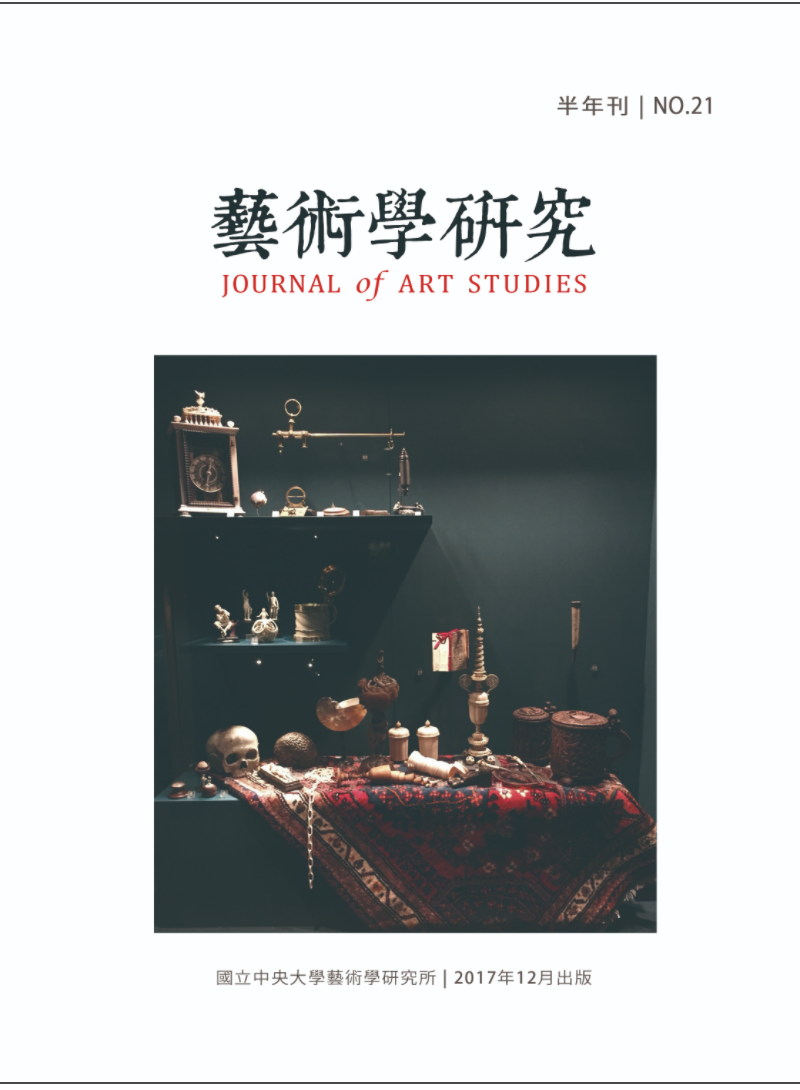身為英國最早的女性攝影家之一,海沃頓(Clementina, Lady Hawarden, 1822-65)在近七年的創作生涯中,以青春期的女兒們為焦點,拍攝近八百幅作品。在居家背景中,海沃頓藉由服裝、光影變化與表情姿態,讓女兒們在鏡頭前流暢地轉換為各種身份,打造出強烈的戲劇感。過往研究雖注意到海沃頓的獨特風格,但相關詮釋仍屬有限。本文則將其作品回歸原初創作脈絡,指出家庭相本特有的私密性,是促成此類戲劇性展演的關鍵背景。透過參照比對各式文本、視覺材料,可知海沃頓作品不僅是紀錄少女成長的家庭文件,更大量採納當時居家概念、性別區隔與時尚儀節中的重要元素,以高度自覺創作而成。此外,維多利亞時期豐富多樣的戲劇文化,也啟發海沃頓女兒們的跨階級、跨性別展演。最終,當家庭相本的私人脈絡,與攝影的真實指涉性相互結合,海沃頓作品中的各式少女形貌,遂成為一場有意為之的紙上嘉年華。真實與戲耍的邊界逐漸模糊,最清晰驗證的,則是她們主動展演、建構的女性氣質。
As one of the first lady amateur photographers in England, Clementina, Lady Hawarden (1822-65) produced over 800 works during the last seven years of her life. Focusing on her adolescent daughters, Hawarden created her oeuvre at the family's house in London. This domestic setting was transformed into a background for their private tableaux-vivant, and was further dramatized via her manipulation of costumes, contrast of light and shadow, as well as the Hawarden girls' lively performances in front of camera. Existent studies have noted the theatricality in her photographs, but they still await a culturally-contextualized interpretation. This article retrieves the original context of Hawarden's works, that is, the Victorian family album, arguing that the privateness of album is the key to understand the Hawarden's photographic creation. It not only served as a family document recording images of her daughter's girlhood, it also offered a poetic license with which the Hawarden girls could freely adapt and amalgamate various visual elements from popular cultures into their performances. Through examining contemporary ideas of domesticity, femininity, and the ways in which these ideologies were transmitted through fictions, fashion plates, conduct books, and dramas, this article indicates that Hawarden had created deliberate performances of femininity. These were not, however, simple confirmations of existent ideals of womanhood. Rather, through their masquerade and playful interpretation, the Hawardens had made their images into parody, which blurs the boundaries between the real and the performed, and makes clear the constructive nature of femininity.


